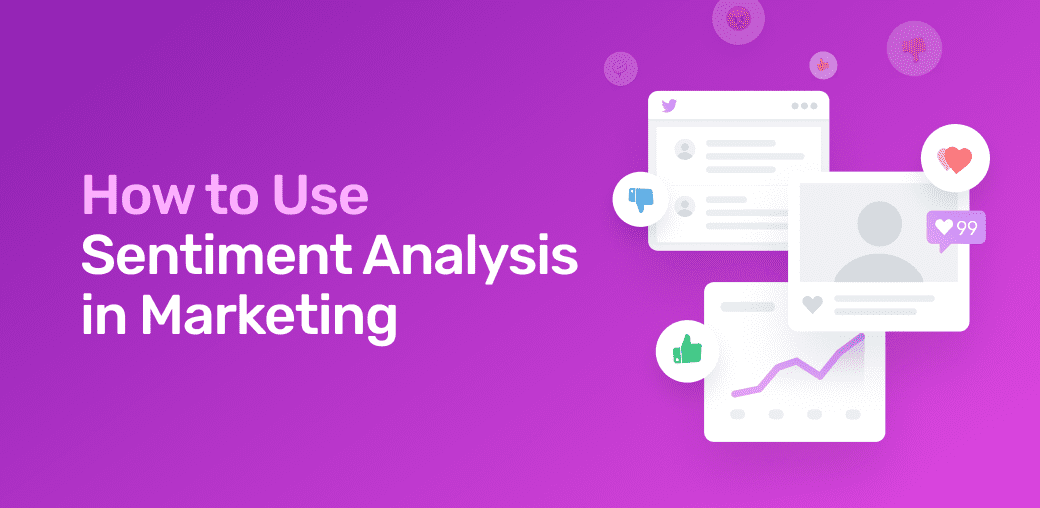What Is Sentiment Analysis In Marketing?
Sentiment analysis in marketing is a pivotal technique that involves the evaluation of public sentiment, opinions, and emotions regarding a brand, product, or service. This process utilizes natural language processing and machine learning to analyze textual data from diverse sources like social media, customer reviews, surveys, and online discussions.
The primary objective of sentiment analysis in marketing is to gain valuable insights into how consumers perceive and interact with a brand. By categorizing sentiments as positive, negative, or neutral, marketers can derive actionable intelligence. This information plays a crucial role in shaping marketing strategies, refining product offerings, and enhancing overall customer experiences.
Sentiment analysis provides marketers with the ability to:
- Reputation Management: It enables businesses to proactively manage their brand’s online reputation by identifying and addressing negative sentiment and amplifying positive sentiment.
- Competitor Analysis: Marketers can compare sentiment data with that of competitors, facilitating a deeper understanding of market dynamics and opportunities for differentiation.
- Customer Feedback: Sentiment analysis extracts actionable insights from customer feedback, aiding in product refinement and better-addressing consumer needs.
- Content Optimization: By understanding sentiment, marketers can tailor content strategies to resonate with their target audience, creating more impactful messaging.
- Campaign Assessment: Marketers can evaluate the success of marketing campaigns by measuring sentiment fluctuations before and after campaign launches.
In essence, sentiment analysis equips businesses with data-driven decision-making capabilities, enabling them to build stronger customer relationships, remain agile in responding to consumer sentiments, and stay competitive in the digital age. It’s an indispensable component of contemporary marketing, helping brands thrive in an era where public opinion and online discourse significantly influence purchasing decisions.
